How to write a Victorian Christmas Ghost Story!
To modern readers, ghost stories seem reserved for Halloween festivities, or for any random time in the year with no connection with any particular tradition. However, for the Victorians, cold and long winter Christmas nights were the perfect conditions to tell ghost stories around the fire.
Victorian Tradition of Ghost Stories at Christmas Time
The tradition of gathering together to share ghost stories was popular in the late 1800s and into the early 1900s with British travel writer Jerome K. Jerome writing that “nothing satisfies us on Christmas Eve but to hear each other tell authentic anecdotes about spectres” in the introduction to his 1891 anthology of Christmas ghost stories ‘Told After Supper’.
Although Charles Dickens’ ‘A Christmas Carol’ is the most well-known novella within this tradition, he was not the only author crafting spooky tales, with Edgar Allen Poe’s famous poem ‘The Raven’ being set in the bleak month of December and Henry James 1898 story ‘The Turn of the Screw’ cementing his place within this scary Christmas tradition in the US.
Key Ingredients to a Victorian Ghost Story
If like the Victorian writers and readers, you have an appetite to create your own Victorian Christmas Ghost Story, this article will channel your creativity to combine this Victorian tradition with your own imagination.
The Ghost
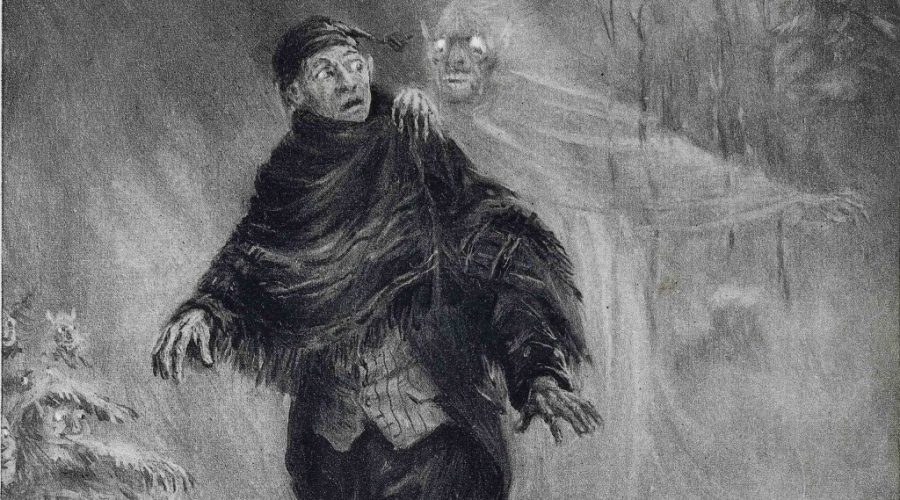 The first thing to consider before you craft your ghost story is the spirit of Christmas (if you’ll excuse the pun.) Essentially, you not only need to think about what your ghoul is going to look like, but what aspect of Christmas it is going to represent.
The first thing to consider before you craft your ghost story is the spirit of Christmas (if you’ll excuse the pun.) Essentially, you not only need to think about what your ghoul is going to look like, but what aspect of Christmas it is going to represent.
In Charles Dicken’s novella ‘A Christmas Carol’ he includes 4 ghosts; the ghost of Jacob Marley is the first spirit to appear and not only reveals that he will be visited by three more ghosts, but he becomes a figure that foreshadows Scrooge’s own fate if he doesn’t change his ways. Similarly, each of the three ghosts that visit Scrooge, the ghost of Christmas past, the ghost of Christmas present and the ghost of Christmas yet to come, all have aesthetic characteristics that mirror the message that they teach Scrooge.
Whether it is the large, jolly Ghost of Christmas present teaching Scrooge about the warmth, kindness and comfort that surrounds Christmas or the unnerving Ghost of Christmas yet to come which seeks to terrify Scrooge into changing his cold, callous ways.
Ultimately Dickens wanted to teach his audience not only about the merriness of the Christmas season, but about the charity and kindness of Christmas and that everyone has the capacity for redemption and forgiveness.
When writing your own Victorian inspired Christmas ghost story, think about what element of Christmas or the festive season are you drawing your reader’s attention to and how is this going to be reflected in your ghost.
The Setting
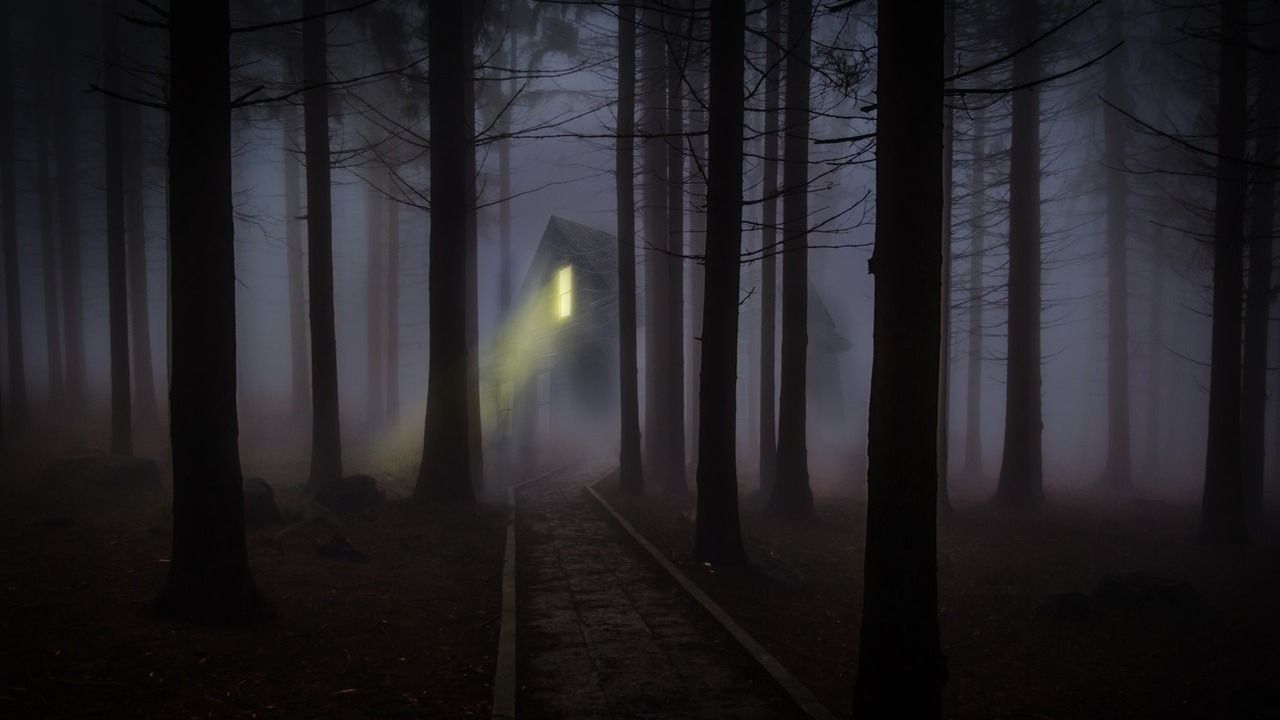 Once you have decided on your ghost, the second important factor of the Victorian ghost story is it’s setting. Typically, Victorian Christmas ghost stories are set at the peak of the Christmas season amongst the backdrop of bleak, wintery weather conditions. Elizabeth Gaskell’s ‘The Old Nurse’s Story’ epitomises this as it is set in amongst “the stillness of the dead-cold weather.”
Once you have decided on your ghost, the second important factor of the Victorian ghost story is it’s setting. Typically, Victorian Christmas ghost stories are set at the peak of the Christmas season amongst the backdrop of bleak, wintery weather conditions. Elizabeth Gaskell’s ‘The Old Nurse’s Story’ epitomises this as it is set in amongst “the stillness of the dead-cold weather.”
The connection between wintery weather and ghosts for Victorian writers was a key trope as it demonstrates the relationship between phantoms and weather and their ability to infect a sense of claustrophobia upon the human mind. Not only is the weather is a key element to incorporate into your Victorian Christmas ghost story, but the setting of which your plot unfolds.
A popular setting for Victorian writers was haunted houses. Although this is now a staple at Halloween, haunted houses were the ideal setting for Victorian writers; Sheridan Le Fanu embodies this setting in his tale ‘An Account of Some Strange Disturbances in Aungier Street’ as a couple of friends spend the night in an old mansion where a ghost visits to provide insight into one man’s past.
Although the backdrop of a haunted house for a ghost story has saturated the horror genre, the challenge lies in re-inventing this trope whilst staying within the remits of a traditional Victorian Christmas ghost story. Take inspiration from Charlotte Riddell who used the setting of a haunted house in her 1882 novel ‘The Open Door’; although she used a traditional trope, she was able to produce a fresh and engaging tale as her story details a haunted house with a mysterious door that won’t stay shut, revealing a dark truth. Challenge your writing abilities to stay within the scope of the traditional Victorian Christmas ghost story setting of a wintery scene and a haunted house, but see if you are able to invent something unique and spine-chilling for your tale.
The Ending
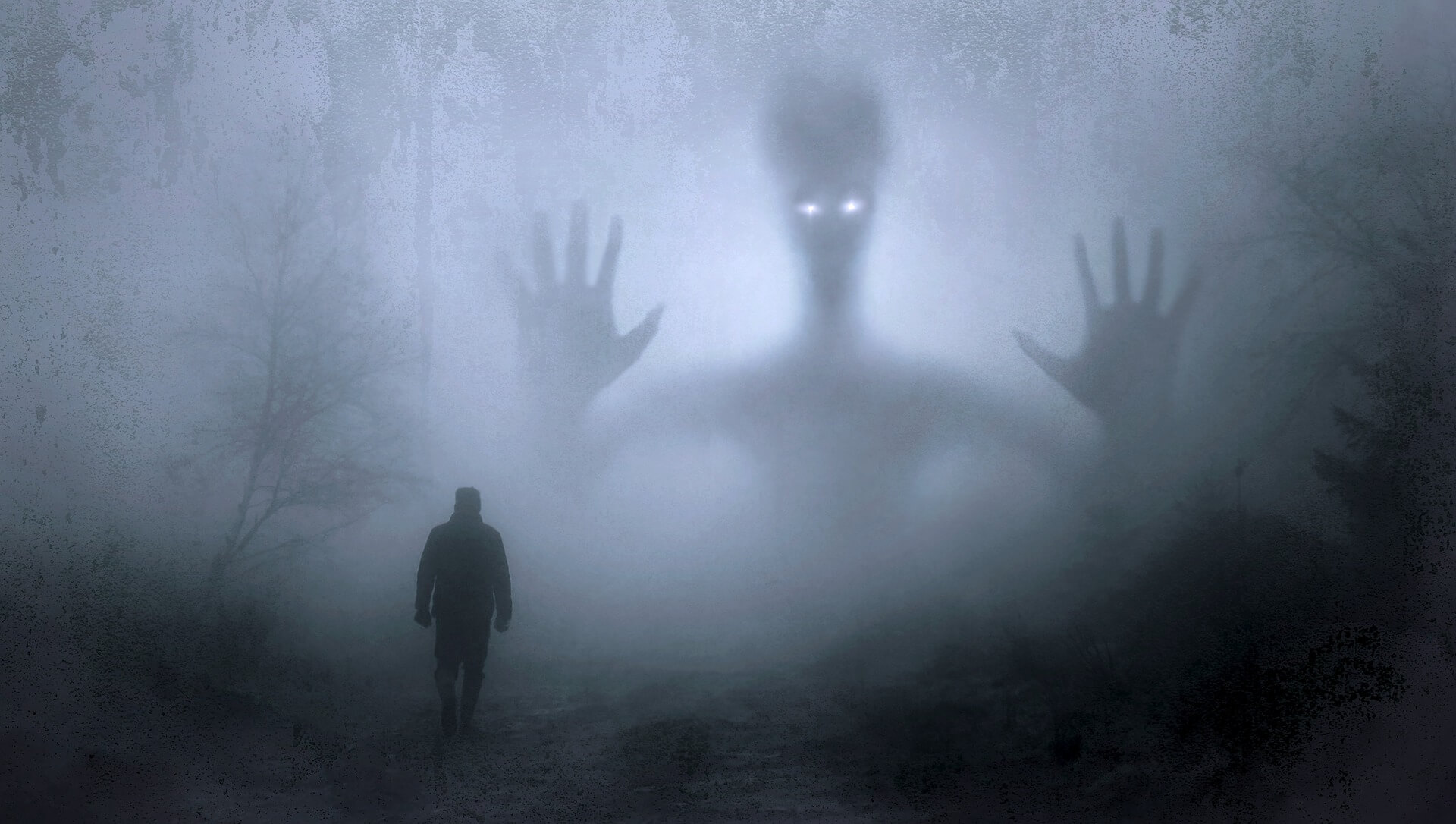 The last element to consider for your Victorian Christmas ghost story is the ending. It is no secret that the Victorians were morbidly obsessed with death, meaning that many of their tales had unfortunate endings.
The last element to consider for your Victorian Christmas ghost story is the ending. It is no secret that the Victorians were morbidly obsessed with death, meaning that many of their tales had unfortunate endings.
However, many also had a warm and happy ending which focussed on portraying a message of Christmas from the author to the readers. This leaves you with two options; to focus on the Victorians’ fascination with death or to indulge and experiment with their increasing love and excitement for Christmas by writing a warm and endearing end to your Christmas tale.
The choice as to whether you follow Dicken’s and create an ending filled with Christmas merriment, or to shock and terrify your readers like Henry James in his novel ‘The Turn of the Screw’ is only limited by the scope of your imagination.
If you enjoyed this article and would like to read more about ghost stories from The Writer’s Initiative, check out this article about M.R. James and his ghost stories, or read this article giving a concise history of famous ghosts in literature.
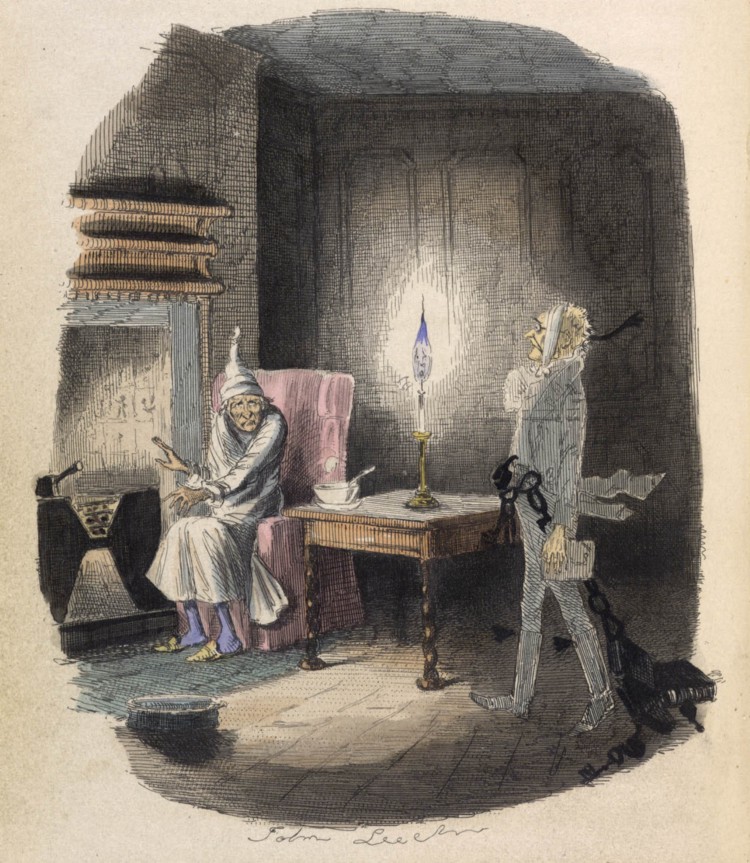
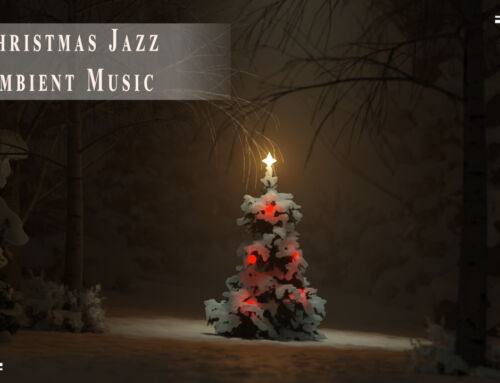



[…] Charles Dickens and M.R. James are two notable writers from the Victorian/Edwardian period that delighted audiences with a good scare and a entertaining yarn. […]
[…] How To Write A Victorian Christmas Ghost Story […]